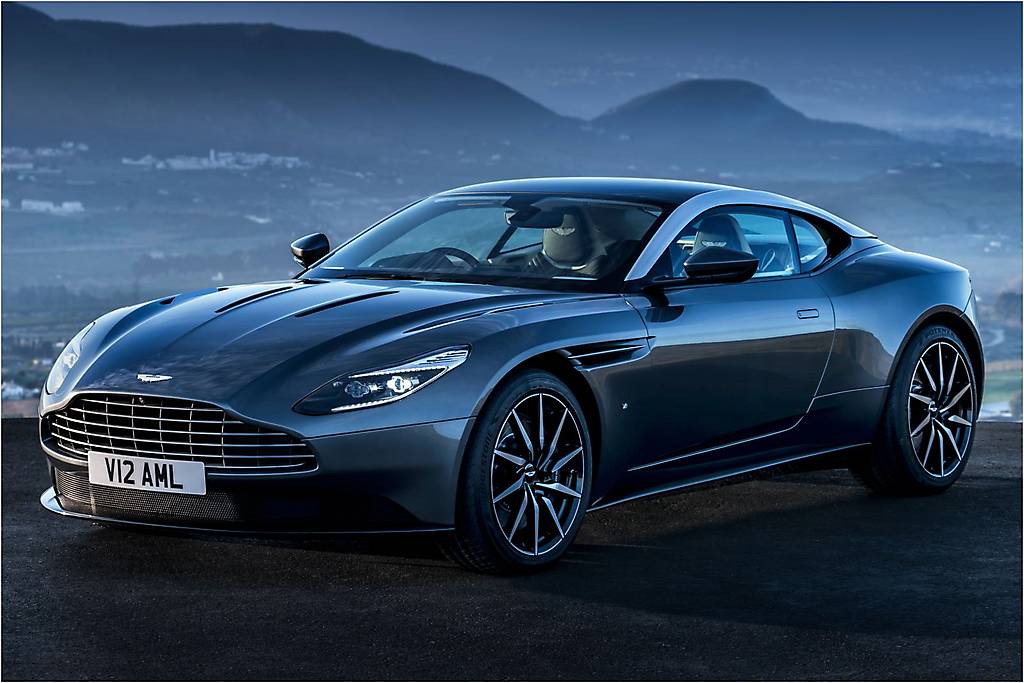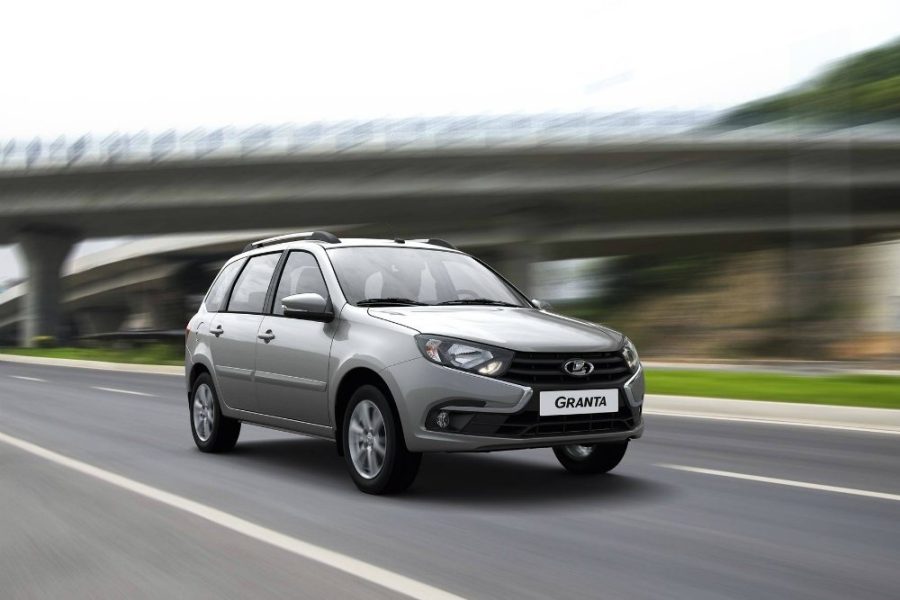
Aston Martin DB11 2017 review
Content
John Carey road-tests and analyzes the Aston Martin DB11 with performance, fuel consumption and verdict at its international launch in Italy.
A twin-turbo V12 propels the Aston grand tourer to incredible speeds, but according to John Carey, it can also travel in comfort and draw attention.
There is no worse spy car than the Aston Martin. Nothing you do in one of them goes unnoticed. Driving the new British brand DB11 through the Tuscan countryside, we were always stared at, often photographed and sometimes filmed.
Any stop meant answering questions from the audience or accepting their praise for the beauty of the Aston. A suitable machine for covert operations, the DB11 is not, but for a chase in a spy thriller, it can be a useful tool.
The DB11's long, shark-like snout hides an excess of power. This large 2+2 GT car is powered by the new Aston Martin V12 engine. The 5.2-liter twin-turbo engine is a more powerful and efficient replacement for the company's 5.9-liter non-turbo V12.
The new V12 is a beast. Its maximum power is 447 kW (or 600 old-fashioned horsepower) and 700 Nm. With a regal roar, it will spin up to 7000 rpm, but thanks to its turbo-boosted torque, strong acceleration will be above 2000 rpm.
Aston Martin claims that the DB11 accelerates from 100 to 3.9 km/h in XNUMX seconds. From the driver's seat, this statement seems realistic.
You are pressed so hard into the embroidered and perforated leather of the beautiful seat that it seems like the brogue patterns are permanently imprinted on your back.
When less than maximum thrust is required, the engine has a clever fuel-saving trick that turns off one bank of cylinders and temporarily turns into a 2.6-liter inline turbo six.
It's bigger and stiffer than the DB9's body, and it's also roomier.
To keep its pollution control mechanism hot and efficient, the V12 can switch from one bank to another. Try your best, but you won't feel the change.
The engine is located at the front, while an eight-speed DB11 automatic transmission is mounted at the rear, between the drive wheels. The engine and transmission are firmly connected by a large tube, inside which a carbon fiber propeller shaft rotates.
The layout gives the car a roughly 50-50 weight distribution, which is why Ferrari also favors its front-engined models like the F12.
The all-aluminum body of the DB11, like the V12, is new. It is riveted and glued using aerospace grade adhesives. Aston Martin says it's bigger and stiffer than the DB9's body, and roomier too.
There's luxurious space up front, but a pair of separate seats in the back are only suitable for very short people for similarly short trips. For such a long and wide car, there is not much room for luggage. A trunk of 270 liters has a small opening.
These things happen when stellar style is a priority over practicality.
Without a doubt, the DB11 has a striking shape. But aerodynamics, as well as a desire for designer drama, played a part in shaping that muscular exterior.
Air intakes hidden in the roof pillars supply air to an air duct connected to a slot that runs across the width of the trunk lid. This upward wall of air creates an invisible spoiler. Aston Martin calls it the AeroBlade.
The interior strives for tradition more than innovation. But among the expanses of flawless leather and gleaming wood, there are buttons and knobs, switches and screens that any modern C-Class driver will be familiar with.
The DB11 is the first Aston Martin model to use Mercedes electrical systems. This is the result of a deal signed with Daimler, the owner of Mercedes, in 2013, and there is nothing wrong with that. Parts look, feel and work right.
They need. When the DB11 arrives in Australia, it will cost $395,000. The first shipments, scheduled for December, will be the $US 428,022 XNUMX Launch Edition. All copies have already been sold.
The soft damping is ideal for highway driving at high speeds.
As is the case with any other high-end high-tech car, the DB11 gives the driver a choice of settings. Buttons on the left and right spokes of the steering wheel switch between GT, Sport and Sport Plus modes for the chassis and transmission.
In keeping with the DB11's role in Gran Turismo, the GT's settings provide comfort. Soft damping is ideal for high-speed motorway driving, but allows for too much body sway on winding, bumpy roads.
Selecting "Sport" mode provides the right degree of suspension stiffness, extra stiffness in the accelerator pedal and more steering weight. The Sport Plus takes both levels up another notch. The extra stiffness means sportier handling, but a bumpier ride.
The electric power steering is quick and precise, the brakes are powerful and stable, and Bridgestone tires on massive 20-inch wheels provide reliable traction when the heat gets hot.
There's enough power to make the rear end squirm sideways under hard acceleration out of corners. Turn into a corner too quickly and the nose will be wide apart.
Basically, the DB11 impresses with its well-balanced grip, impressive performance and smooth ride.
It's not perfect - there's too much wind noise at high speed, for example - but the DB11 is a truly grand GT. Especially for those who like to be looked at.
Ten times
The DB9 replacement will, as you might expect, be called the DB10.
There was only one problem; the combination has already been accepted. It was used for the car that Aston Martin built for James Bond in Spectre.
A total of 10 pieces were made. Eight were used for filming and two for promotional purposes.
Only one of the V8 sports cars was sold. In February, the DB10 was auctioned off to raise money for Doctors Without Borders. It sold for over $4 million, 10 times the price of the DB11.
Will DB11 live up to your expectations? Tell us what you think in the comments below.

